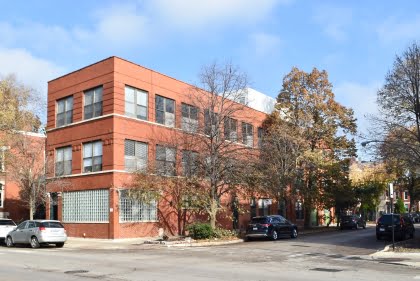03.06.20
Forbes: How To Make Six Figures As A New Commercial Real Estate Broker

People enter commercial real estate brokerage for many reasons, including to create a six-figure income level. My brokerage firm, Kiser Group, recently celebrated 15 years in business, and I’ve observed over that time that the first three years in business for successful commercial real estate brokers have similar structures. If you’re new to brokerage, the following concepts can help propel you toward a six-figure (dare I say seven?) income level.
Year One: Set a goal; then research, database, plan and implement.
It all starts with a goal. Most people think that’s the easy part. But it’s the hardest because saying, “I want to make $250,000” is not a goal — it’s a wish. A goal is knowing what you want (i.e., $250,000), why you want it and making your conclusions public.
The next step is the meticulous, monotonous, mundane work needed to give your goal substance. Research existing inventory in the product type you’re targeting, and study how many of these have traded hands each year to determine velocity.
Once you have these statistics, calculate an average sale price. Apply a realistic commission to that average transaction, then calculate how many closings per year you will need to hit your income goal. Next, determine what market share you need to hit to reach your goal and decide whether or not the market area and product type support your income goal. If not, restart with another product type or geography and keep going until you find a market that makes sense.
Next step, build a database. Catalog every property in your chosen market. Research the owner of each property and get their contact information. Look back at all the comps you pulled during your research phase and identify every seller, buyer, attorney, lender, appraiser, etc., involved in those transactions. All this information should be entered into a CRM, not an Excel spreadsheet. Now you have the beginning of your database.
Making your goal public is the hardest step. Does announcing it to others sound intimidating? It is, but that’s simply fear of failure. Believe in your plan and your methodology. If you cannot put yourself out on the “public” limb, quit now. This business is not for you.
Once you have achieved all the items above, it’s time to execute. Your formula is simple:
- Call, fail.
- Call, meet, fail.
- Call, meet, get proposal, fail.
- Call, meet, get proposal, get listing, fail.
- Call, meet, get proposal, get listing, get property under contract, fail.
- Call, meet, get proposal, get listing, get property under contract, close.
By the time you get to the end of the last step, a year has passed. If you think you can earn six figures as a CRE broker in your first year, purge that idea from your thoughts. If you make that, it’s luck and unsustainable. Follow the steps I’ve outlined and you have built the foundation of a business — not a business based on luck.
Year Two: Set a pace — and then force yourself to do more.
The problem people have with year one is that they execute it linearly, aiming for that first closing, and then have to start all over again after spending 100% of their time working that very first closing. Brokerage is like being Babe Ruth — you’ll end up being the Home Run King, but only if you fail more often than you succeed. While you’re teeing up that first listing, keep prospecting for additional business; otherwise, you’ll find yourself at the closing table with a big check but essentially unemployed.
At this stage, push yourself to do even more than you thought you could. Consider hiring an assistant to help manage deal flow and prospecting.
Once you have a healthy pipeline of listings and escrows, something is always on its way to closing. By the end of the second quarter of your second year, you should be able to annualize your previous 90-day production. It should equal your income goal.
Year Three: Focus on perfecting your business plan and cement your brand.
Reflect on your successes and failures and perfect your system. Keeping a database is vital. Over the past two years, you should have logged every conversation, email or other communication with every single person with whom you interacted. Analyze the number of dials, conversations, meetings, proposals, listings and closings for the past two years. What were your conversion ratios? Where did you spend more time than you should have? Where did you fail more often than you should have, and why? Be honest with yourself, and modify your business plan to incorporate what you have learned.
Now begin focusing on marketing and promoting your success. Send information to clients and media on how many deals you’ve closed, how many records you’ve broken and how you serve your clients. If you are not comfortable doing this yourself, invest in a publicist — it’ll be worth every penny.
